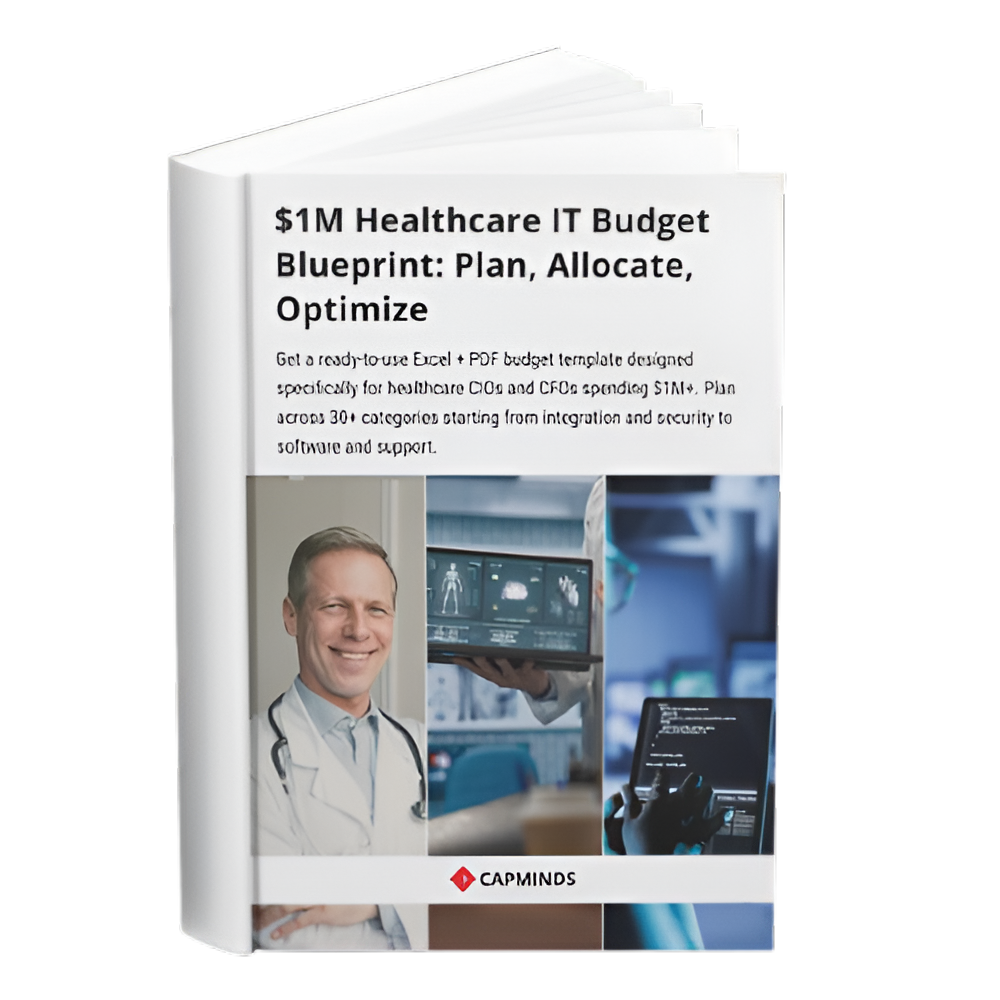Automation Ideas for Improving Clinic Efficiency
The modern medical clinic is a paradox; it is a highly complex, developed medical science with a management system that is outdated. For practice managers and providers, it is not the time the last patient walks out, but hours after that, when they finish their administrative work.
Why are clinics having such a heavy load with this administration? The offender is typically poor in systems and manual data entry. Clinical workflow efficiency suffers when the employees are overwhelmed with monotonous duties such as checking insurance claims or typing in details of patient histories manually.
This paper is not only about the staff; it also develops bottlenecks that cause frustration to the patients and the postponement of revenue.
Strategic automation is the solution. This is not substituting the human touch; it is concerned about eliminating the robot from humans. Through robotic process automation in healthcare and intelligent software applications, healthcare clinics can recover thousands of hours every year.
Automation Ideas to Increase Clinic Efficiency
1. Automated Patient Intake and Digital Forms
The clipboard is part of the olden days. Patients are able to complete demographics, medical history, and consent forms through a secure link before arriving at the facility via automated patient intake solutions.
Workflow Impact
Removes paper-based data entry from the front-desk employees, which eliminates transcription mistakes. The workflow is greatly impacted to minimize the patient check-in time, which avoids a congested lobby.
2. Computerized Insurance Eligibility Checks
Calling payers manually or opening various portals and inquiring about coverage is a huge waste of time. Payer’s databases can be scraped in real-time in order to check on active covers and benefits using automation tools.
Impact on Workflow
Immediately identifies dormant policies days before the appointment. Ensures the correct data on the copay and deductible is provided in the beginning, allowing it to have a transparent financial discussion with patients.
3. Robotic Automation for Prior Authorization
One of the most tedious processes in healthcare is the provision of prior authorizations. Healthcare robot automation involves the use of robots to work through payer portals, file clinical data, and review status updates automatically.
Impact on Workflow
Saves up to 70 minutes of the time wasted in holding with the insurance companies. Speeds up the time to therapy for patients in need of specialized treatment or medication.
4. Automation Appointment Scheduling
Phone tag is inefficient. Appointment scheduling automation will enable patients to make, cancel, or reschedule their appointments 24/7 via your site or patient portal. Smart waitlist provides the ability to text the next patient in the queue whenever a slot becomes available.
Impact on Workflow
It fills in the schedule automatically and maximizes provider utilization. Releases the phone lines to urgent clinical triage as opposed to regular booking.
5. Patient Reminders and No-Show Reduction
No-shows kill profitability. Automated patient reminders (SMS, email, voice calls) can be used to make sure that the patient attends. Two-way communication can now be enabled in modern systems, where patients can confirm or cancel an appointment by the use of one word.
Workflow Impact
Has the capability to lower no-show and directly save revenue (by up to 30-50). Automatically changes the schedule status within the EHR, providing the team with a real-time perspective of the day.
Related: How RPA Empowers Providers: Automating Care, Billing & Beyond in 2025
6. RPA in Claim Submission
Robotic Process Automation (RPA) can be used in healthcare to scrutinize claims in advance (common mistakes, missing modifiers, wrong code, etc.) to prevent mistakes. In case a claim is clean, the submission. Otherwise, it puts it on human attention.
Workflow Impact
Saves a drastic increase in the First Pass Acceptance Rate of claims. Decreases the number of man-hours of scrubbing claims individually.
7. Robotic Posting and Reconciliation of Payments
Once Electronic Remittance Advice is received, it is cumbersome to match it with the bank deposit and record it on patient accounts. These files can be automatically analysed by automation software, and the payment will be posted on selected line items.
Workflow Impact
Eliminates hours of manual data entry for the billing team… Offers real-time and correct practice finances and patient balances.
8. Smart Templates Clinical Documentation Automation
The AI-scribes, smart templates that fill the data depending on the chief complaint, have become part of the EHR automation strategies. Ambient listening devices are able to record the conversation between the doctor and the patient and automatically formulate a SOAP note.
Workflow Impact
Reduces “pajama time” providers completing charts at home at night. Maintains documentation standards to be in compliance and reimbursement.
9. Prescription Refills Automations
Faxing and phone refill requests are ineffective management strategies. The implementation of e-prescribing measures will enable automatic refill orders according to a pre-established clinical criterion (e,.g. approve when a patient is seen within 3 months).
Workflow Impact
Reduces medication turnaround time to enhance patient compliance. Decreases the number of calls between the pharmacy and the clinic.
10. Automated Report Generation Dashboards
Rather than creating spreadsheets manually at the conclusion of the month, automation tools can extract information from the EHR and PM systems to create a visual dashboard.
Workflow Impact
Provides the practice owners with real-time access to the KPIs, such as A/R days and visit volume. Illuminates bottlenecks in the operations within a short period and not in weeks.
How Automation Directly Improves Clinic Efficiency
Faster Patient Flow – Pre-arrival intake and verification shrinks “door-to-doctor” times, streamlining the check-in process. This enhanced throughput allows clinics to increase patient volume without rushing clinical encounters.
Reduced Errors & Denials – Automated validation catches data entry mistakes, such as incorrect policy formats, before submission. This upstream error detection drastically lowers claim denials and minimizes tedious administrative rework.
Optimized Staff Allocation – Bots handle high-volume background tasks like eligibility checks during peak hours. This allows human staff to pivot away from data entry and focus on complex, empathetic patient interactions.
Higher Satisfaction & Visibility – Meeting patient demands for digital tools like online booking builds long-term loyalty. Furthermore, automation provides the data visibility needed to measure performance and optimize clinic operations.
Unlock Clinic Efficiency with CapMinds Automation Services
Modern clinics need more than fragmented tools; they need a unified automation ecosystem that removes manual effort, strengthens compliance, and accelerates every step of the patient journey.
CapMinds healthcare automation services are designed to streamline clinical, administrative, and financial operations, so your teams can work smarter, not harder.
At CapMinds, we bring deep expertise in automation services, robotic automation in healthcare services, and intelligent automation services tailored for real U.S. clinical workflows.
Whether your goal is to reduce denials, eliminate paperwork, or modernize patient experiences, we build solutions that create measurable improvements from day one.
With CapMinds, you get:
- End-to-end RPA for claims, eligibility, posting & prior auth
- Smart patient intake, scheduling & communication workflows
- Automated documentation, e-prescribing & clinical templates
- Real-time reporting dashboards and analytics automation
If your clinic is ready to eliminate bottlenecks, recover lost hours, and scale with confidence, CapMinds is here to help. Let’s power your next stage of growth with automation that actually works.




